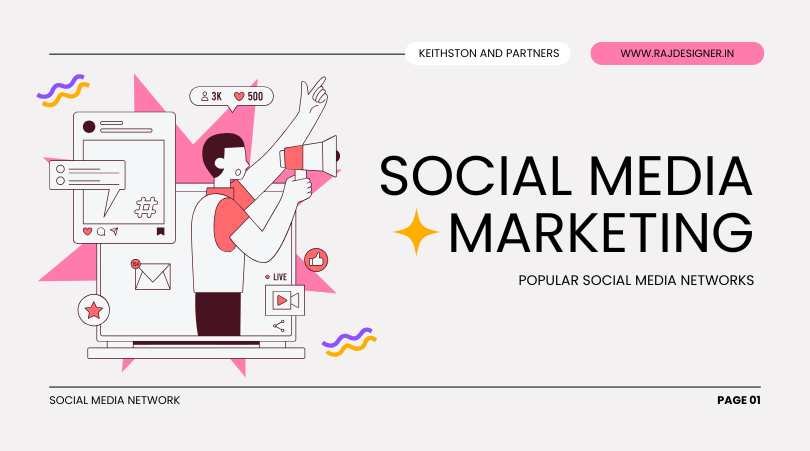Trending SEO Strategies for 2025
Trending SEO Strategies for 2025
As a freelance SEO expert, I’ve seen first-hand how quickly search optimization is changing in 2025. AI-powered search, voice interactions, and Google’s push for helpful, experience-driven content mean that ranking today takes more than just keywords. My approach blends the latest trends—Voice & Conversational SEO, AI-Driven Search (SGE) strategies, and E-E-A-T best practices—with technical precision, Core Web Vitals optimization, and engaging video/visual SEO. By structuring websites for both people and AI, I help businesses stay ahead in rankings, visibility, and conversions.

1. Answer Engine Optimization (AEO) & Generative Engine Optimization (GEO)
AEO focuses on crafting content—like structured FAQs and conversational Q&A—that AI-powered systems such as Google’s SGE or ChatGPT can directly answer.
GEO aims to make your content easily referenced by generative AI models, using tools like llms.txt, AI-specific metadata, and structured content cues.
2. Voice & Conversational SEO
Voice searches now make up more than half of all queries, thanks to smart assistants like Google Assistant, Alexa, and Siri.
Conversational SEO means optimizing content for natural, spoken language instead of just typed keywords.
Use question-based headings like “How can I…?” or “What is the best…?” Include long-tail keywords that match the way people speak.
Add FAQ sections to answer common voice queries quickly. In 2025, search engines prioritize clear, conversational answers that can be read aloud directly from your page3.AI-Driven Search (SGE, AI Mode) & Zero-Click Searches
Google’s Search Generative Experience (SGE) and “AI Mode” now provide chatbot-style summaries right on the results page. Zero-click searches happen when users get answers without clicking a link. To win in this environment: Structure your content with clear headings, lists, and concise summaries. Provide direct, factual answers to common questions in the first 1–2 sentences. Use schema markup (FAQ, HowTo, Article) so AI can pull data from your site.
4. E-E-A-T & Helpful, Original Content
Google’s E-E-A-T framework—Experience, Expertise, Authoritativeness, Trustworthiness—is more important than ever. To meet these standards: Share first-hand experience and unique case studies. Clearly display your credentials or client success stories. Use author bios, references, and reputable external links. Focus on helpful, original insights instead of recycled content.
5. Core Web Vitals & UX
Core Web Vitals measure how fast and smooth your site feels: Largest Contentful Paint (LCP) – load time for main content. First Input Delay (FID) – time before a page responds to user input. Cumulative Layout Shift (CLS) – visual stability during loading. In 2025, mobile-first design and fast, stable pages aren’t optional—they’re ranking factors. Prioritize: Compressing images Using lightweight code Removing unnecessary scripts Clear, mobile-friendly navigation
6. Video and Visual SEO
Video content is dominating SERPs and social platforms. To optimize: Use keyword-rich titles and descriptions for videos. Add transcripts so search engines can read your content. Create short-form video snippets that answer specific questions—perfect for SGE and reels. Visual SEO means: Optimizing alt text for all images Using webp format for faster loading Adding structured data for videos and images
7. Technical SEO & AI-Friendly Structure
Technical SEO ensures your site is easy for search engines—and AI—to understand. Maintain clean, logical site architecture with clear URL structures. Implement structured data (JSON-LD) for articles, products, FAQs. Keep your XML sitemap updated and error-free. Block irrelevant pages in robots.txt. Use llms.txt and AI-optimized meta to make your site easily readable for generative AI.
FAQ
A: Voice & Conversational SEO is the process of optimizing your content for natural, spoken queries made through smart assistants like Google Assistant, Alexa, or Siri. It focuses on long-tail keywords, question-based content, and clear, concise answers.
A: Google’s Search Generative Experience (SGE) displays AI-generated summaries directly in search results. To adapt, create content with structured headings, bullet points, and factual summaries so AI can easily feature your page in these overviews.
A: E-E-A-T—Experience, Expertise, Authoritativeness, and Trustworthiness—helps Google determine if your content is credible. It’s critical for ranking, especially in competitive niches, because it signals real-world experience and reliable information.
A: Core Web Vitals are Google’s metrics for page experience: Largest Contentful Paint (LCP), First Input Delay (FID), and Cumulative Layout Shift (CLS). Fast load times, stable layouts, and smooth interactions improve both rankings and user satisfaction.
A: Use descriptive titles, keyword-rich descriptions, and transcripts. Add video schema markup and host short, informative clips that answer specific user questions—ideal for both Google SERPs and social media discovery.
A: Technical SEO involves optimizing your site’s structure and code so search engines and AI can easily crawl and index it. This includes structured data, XML sitemaps, clean URLs, mobile responsiveness, and AI-friendly metadata.
Copyright © 2025 Designed by Raju Designer. All rights reserved.
